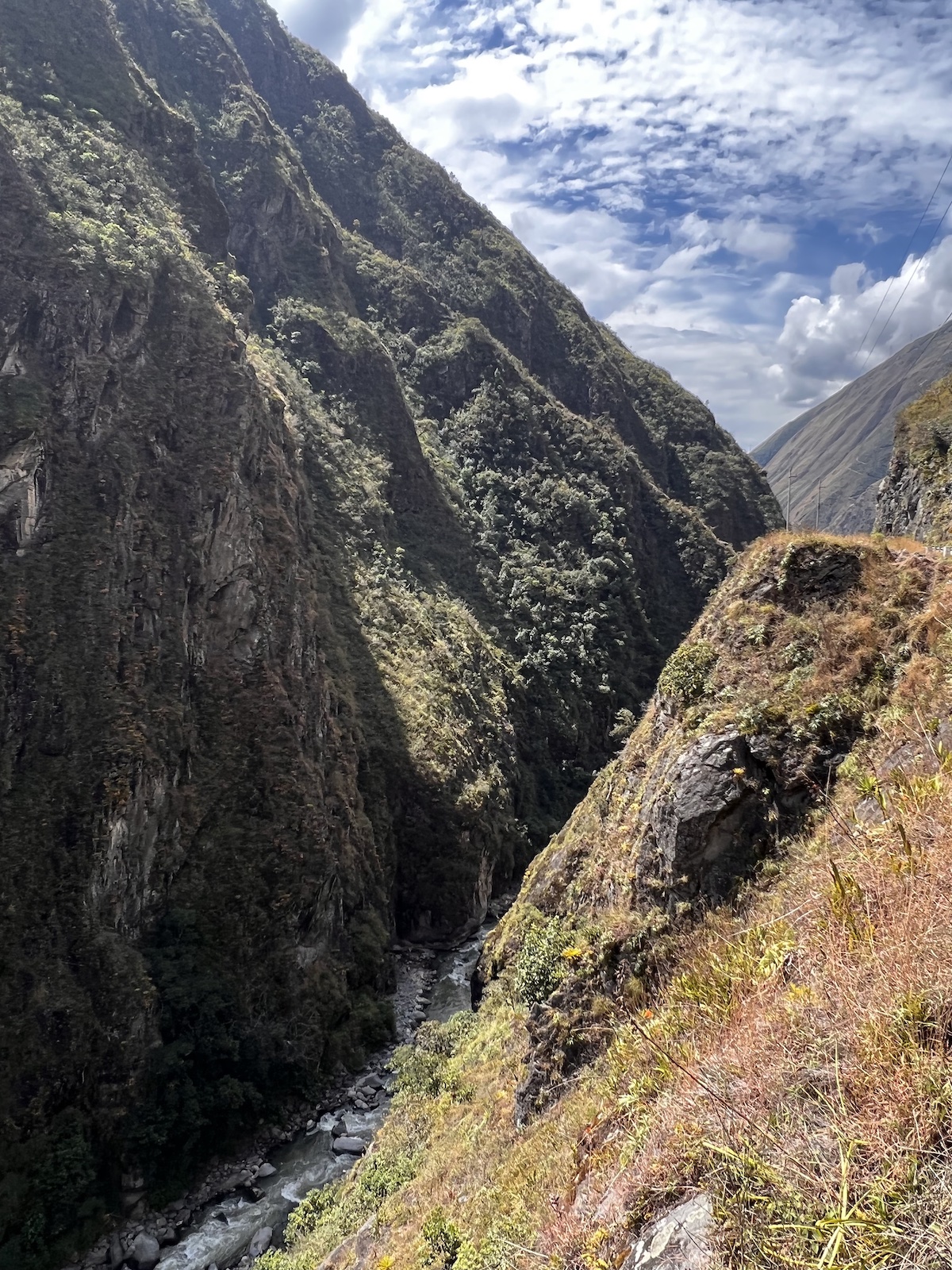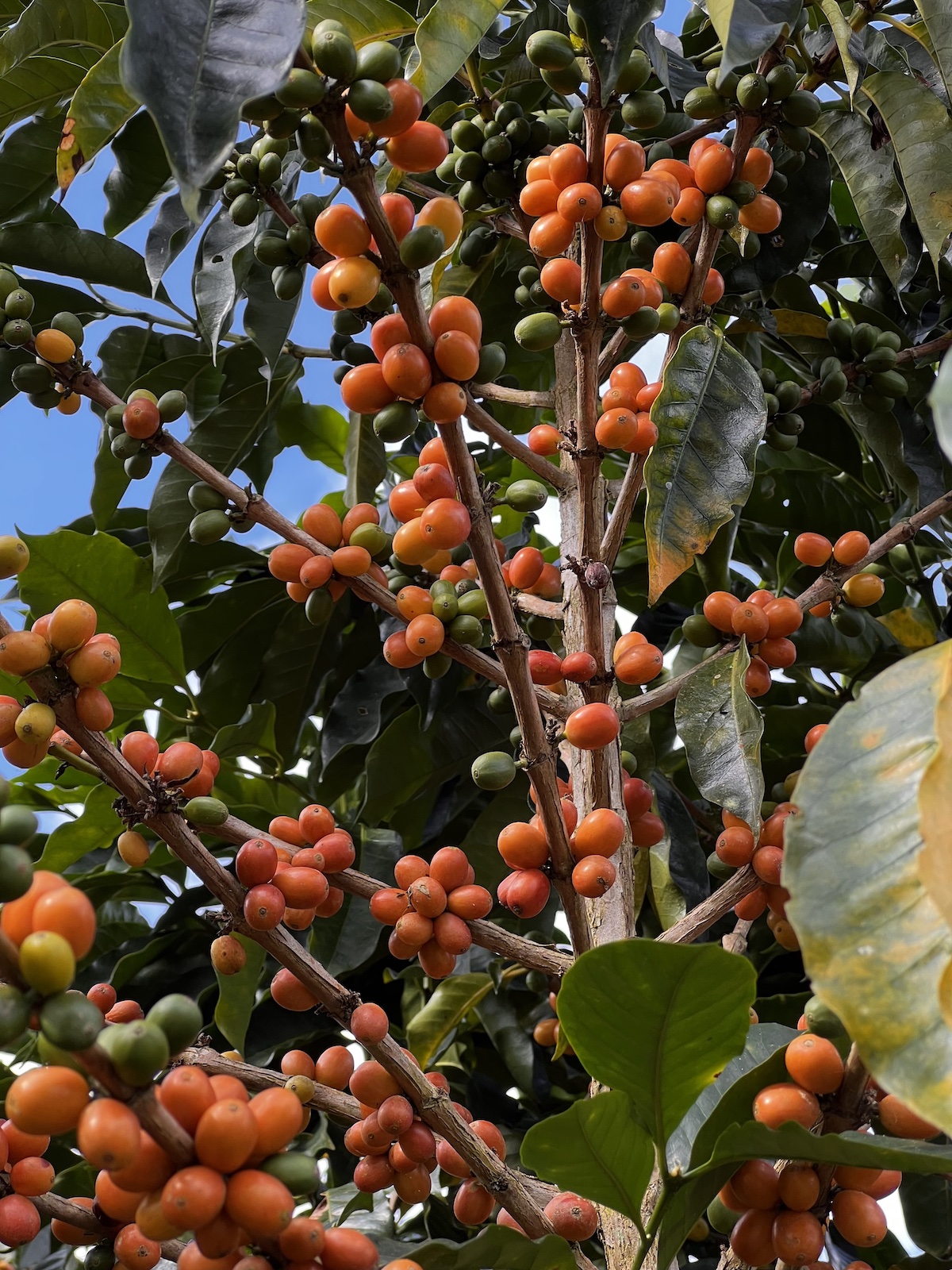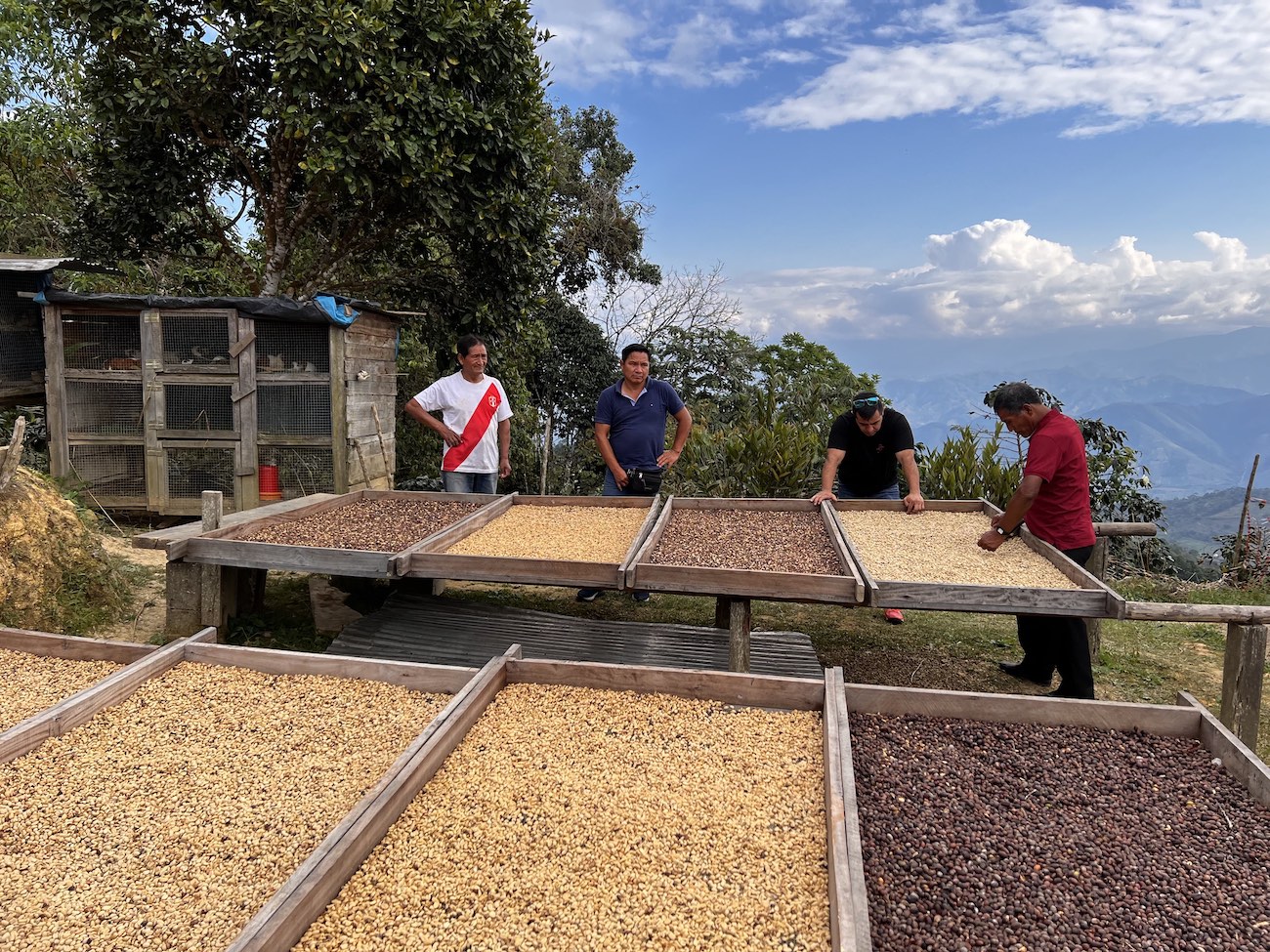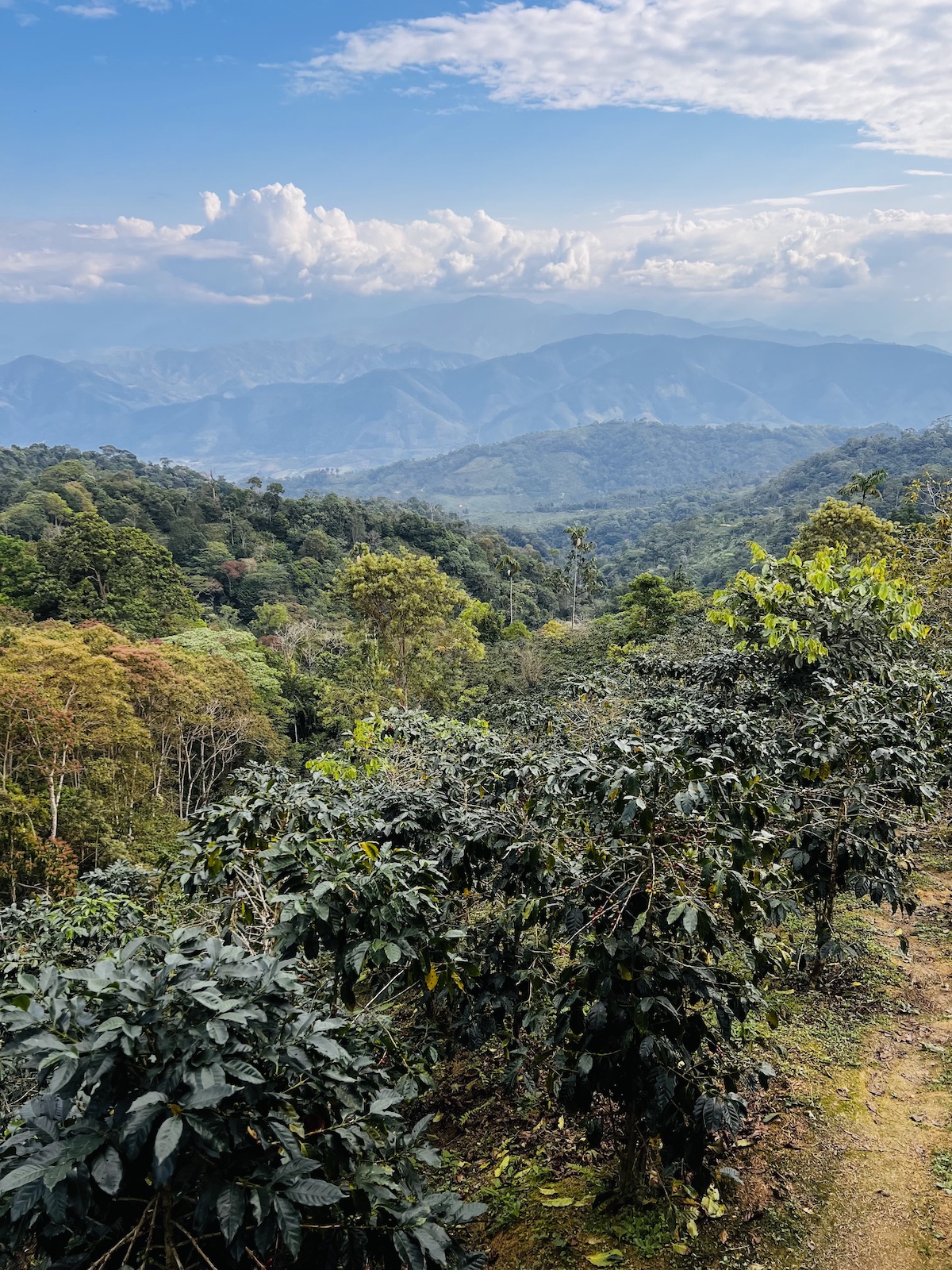In Peru, coffee is grown by smallholder producers on farms that are typically three hectares or smaller. Coffee first made its way to Peru in the 1700s and was grown along the coast for internal consumption. Exports did not begin until 1887. Today, Peru’s coffee industry provides income to around 223,000 families, and Peru is the ninth-largest exporter of coffee worldwide.
Coffee production in Peru can be divided into three main growing regions: the northern, central and southern highlands. A wide range of elevations and variations in tropical and subtropical climates result in a wide variety of flavor profiles.
Northern Peru borders Ecuador and Colombia and is comprised of jungle, mountain and coastal geographies. Peru’s most well-known coffee-producing regions are Cajamarca, Amazonas and San Martin, which lie on the tropical eastern slopes of the Andes and are punctuated by steep river gorges.
Central Peru is on the western outskirts of the Andes in a richly forested region that in places includes the Amazon jungle. Coffees here are generally grown at higher elevations compared to the rest of the country. One of the most noted coffee production regions in Central Peru is Chanchamayo, Junín.
Finally, Southern Peru is known for its specialty coffee production, which is supported by rich soils and unique microclimates, primarily in Cuzco, Ayacucho and Puno.
Understanding Coffee Grades: Peru G1
Peru Grade 1 (G1) coffee represents the highest quality classification in the country’s grading system. It’s defined by exceptional uniformity, minimal defects and precise screen sizing — typically 15/16 and above. G1 lots are fully washed and often sourced from smallholder farms in high-altitude regions, where cooler temperatures slow cherry development, enhancing sweetness and acidity. The result is a clean, balanced cup with bright citrus and floral notes that showcase the best of Peru’s specialty coffee potential.
We source our coffee from a number of different producers across the country, including:





